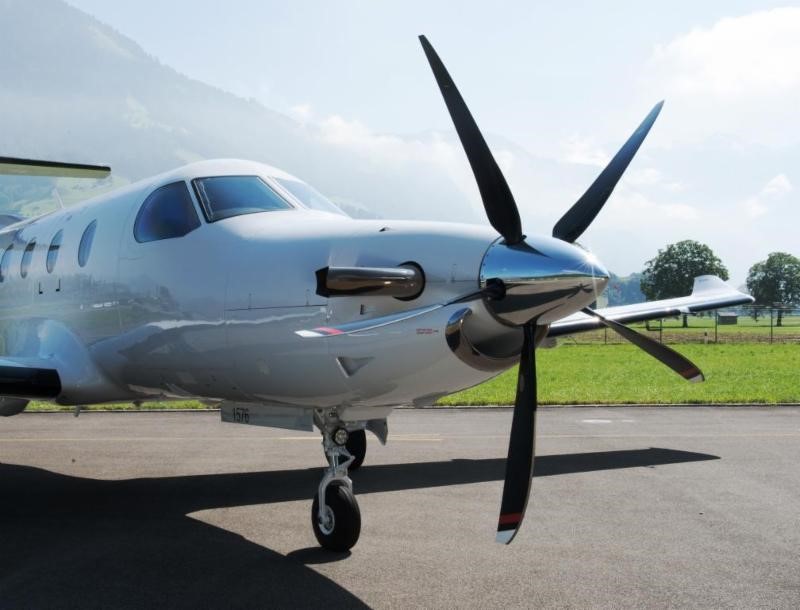
Every pilot has a responsibility to examine for risks prior to each flight. But all too often, complacency and over-confidence cause even highly experienced pilots to rush through the preflight process or skip items on their checklists altogether. For years, inadequate preflight preparation has been cited as a top contributing factor in many general aviation accidents.
To help ensure your safety and the safety of your passengers and airplane, it’s critical to integrate risk management into the preflight planning stage. You can do this by using the PAVE checklist, which divides the risks of flight into four categories: Pilot, Airplane, EnVironment, and External Pressures.
Pilot: Start by asking yourself, “Am I ready for this flight?” This means evaluating the personal limitations and risks you’re bringing to the cockpit as the pilot in command. Check the logbook — are you current? Are you proficient in the type of airplane you plan to fly? How are you feeling, both mentally and physically? Illness, stress, hunger, and fatigue all pose pilot risks.
Aircraft: Conduct a preflight of the airplane and all its components, including a thorough preflight propeller inspection. Are all the instruments and equipment operational? Is the necessary paperwork in the airplane? Do you have enough fuel? Can this aircraft carry the planned load?
EnVironment: What kind of weather and wind can you expect during your flight? Are you familiar with the runway lengths and surrounding terrain? Do you have takeoff/landing distance data? Will the flight involve night flying? Have you planned alternate flight path options? If your flight is over remote areas, do you have the appropriate clothing and survival gear on board in case of an emergency? Remember that every flight is unique, even if you’ve flown the route numerous times.
External pressures: External pressures figure into a majority of aircraft accidents. This is because caving in to “get-home-itis,” pressure from passengers, or even the desire to impress others can cause a pilot to ignore all the other risk factors and make unsafe decisions. To help manage external pressures, be sure to allow time in your trip for delays, extra fuel stops, or unexpected landings due to weather. Set passengers’ expectations early, making sure they know they might not arrive on an exact schedule.
At Hartzell Propeller, we’re passionate about promoting proficiency among pilots of all experience levels. Be sure to check out the ongoing learning opportunities available through the AOPA’s online courses and the FAA’s WINGS Pilot Proficiency Program to maintain and improve your flying skills.